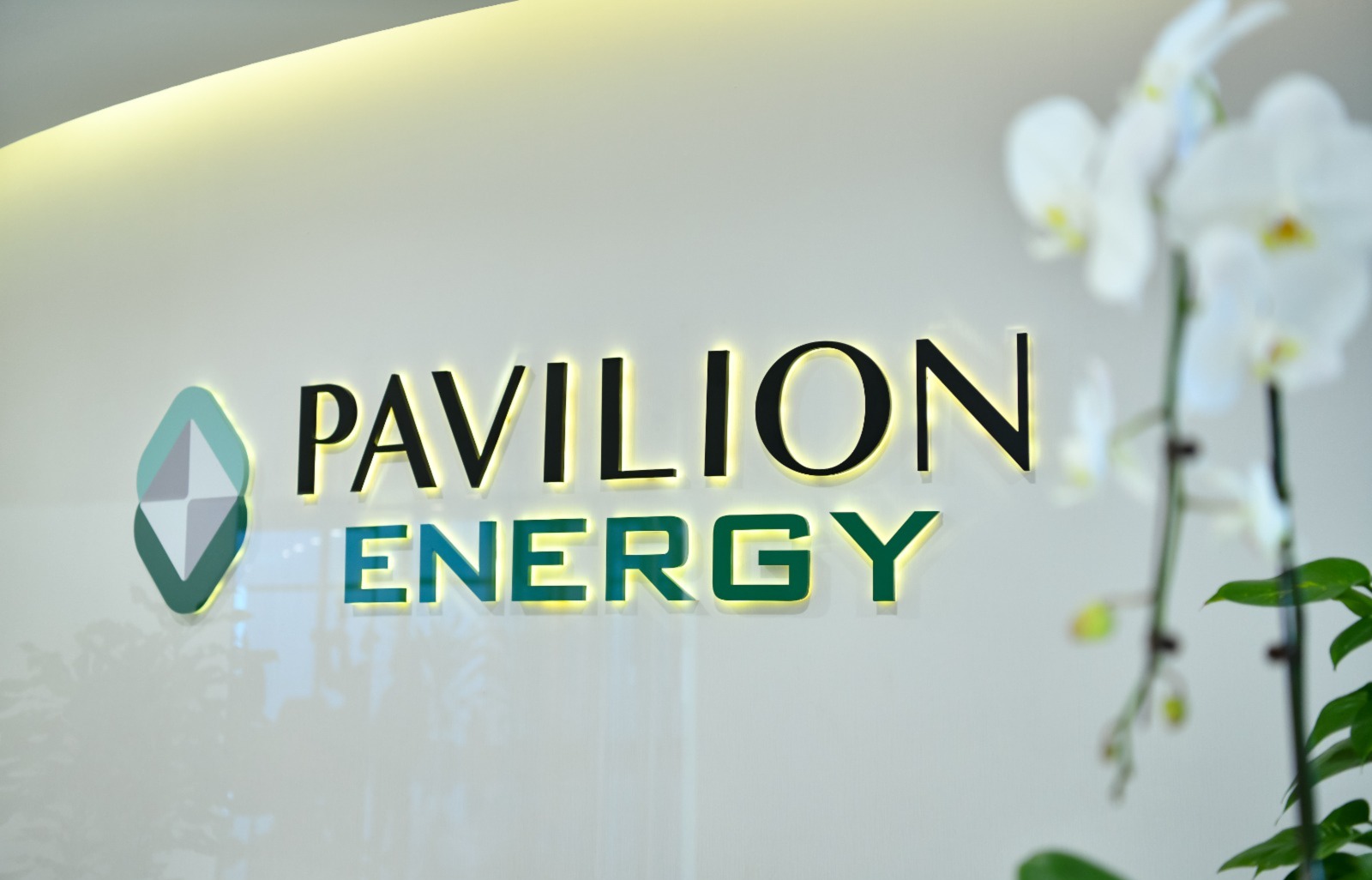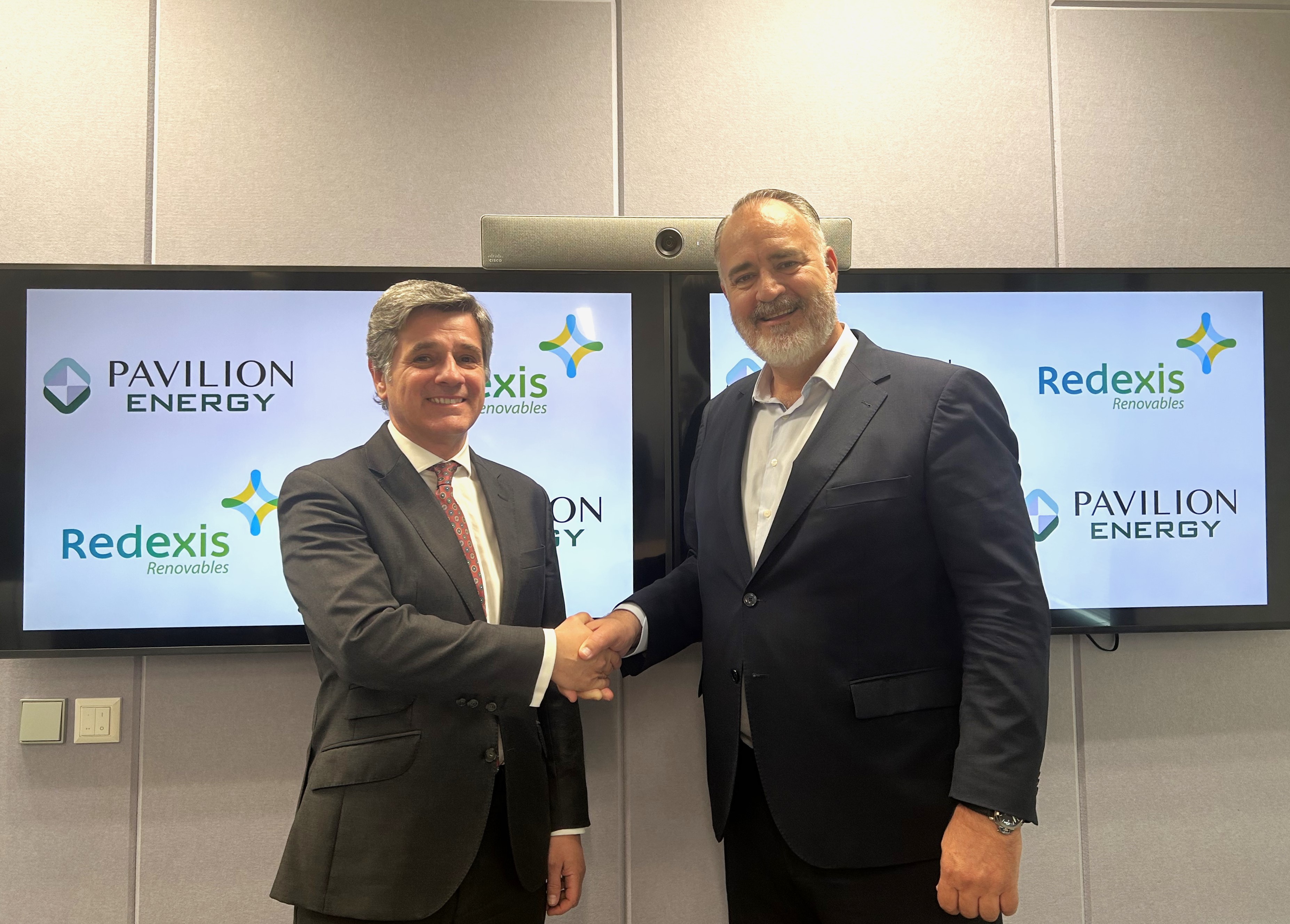Today, about 95% of Singapore’s electricity is generated from natural gas compared with 26% in 2001 when oil was the fuel of choice.
Historically the nation received most of its imports via pipeline from neighbours Indonesia and Malaysia, but liquefied natural gas is fast becoming the preferred fuel.
“We are preparing for the possibility that our demand for natural gas may one day be met entirely by LNG,” said Prime Minister Lee Hsien Loong. Singapore already has plans for a second NLG import facility to complement the maiden project that has been in operation for more than two years and has transformed the city state’s energy sector.
Various locations on the east of Singapore are being studied for the proposed second LNG terminal, although there is said to be the possibility that it could be a floating import facility.
South Korea’s Samsung C&T has already embarked on the approximate S$700 million engineering, procurement and construction contract for the phase three expansion of Singapore’s existing LNG terminal, SLNG. Samsung’s work scope includes additional regasification facilities to bring the terminal’s send-out capacity to 11 million tpa. The expansion also involves a fourth LNG storage tank, which at 260,000 cubic metres will be the largest in the world, and will be able to receive a full cargo from a Q-Max LNG carrier.
Other key third phase facilities include a new terminal substation, additional open rack vapourisers and LNG booster pumps, plus equipment to allow the correction of the Wobbe Index of regasified LNG, where necessary, to meet Singapore’s gas specifications.
“With this phase three development, we are not just further enhancing energy security and boosting our ability to ensure undisrupted gas send-out to meet increasing domestic demand.
“We are also turning the next page of the Singapore LNG story, as we build up the terminal’s capacity to allow Singapore to respond to new business opportunities in the regional or global LNG markets,” said SLNG chief executive John Ng.
Possible Fourth Phase
Construction of phase three is expected to be completed by 2018.
The terminals’ design also makes provisions for a possible future phase four expansion, which may be considered at a later stage should demand support the investment, according to SLNG. Ultimately, the terminal can accommodate as many as seven tanks with a total capacity of 15 million tpa.
The company says that it will continue to leverage on Singapore’s strategic location and world-class infrastructure to explore the creation of additional services and grow new business opportunities across and along the gas value chain.
New business opportunities could include LNG trucking, a liquid petroleum terminal and cold energy utilization services. Singapore’s S$1.7 billion (US$844 million ) first LNG import terminal project on Jurong Island started commercial operations in May 2013 with two storage tanks and an initial throughput capacity of 3.5 million tpa.
Capacity
A third tank and additional regasification facilities were completed in January 2014, increasing the throughput capacity of the terminal to 6 million tpa and a secondary jetty was added in March of that year.
SLNG was incorporated in July 2009 by Singapore’s Energy Market Authority.
Four Companies Short-Listed as Government Seeks Importers
Singapore’s Energy Market Authority (EMA) in June 2014 launched a Request-for-Proposal to appoint up to two liquefied natural gas importers to supply Singapore with LNG beyond the first 3 million tpa that was supplied by BG Group, writes Amanda Battersby.
The EMA has short-listed four companies – two local contractors Sembcorp Industries and Pavilion Gas plus international players BG and Shell – to submit their proposals by 29 February 2016.
It is understood that four companies were short-listed rather than the three initially envisaged because of the competitiveness of the bids. Nine companies had applied in the initial phase of the bidding.
The authority has entered into a negotiation process with the short-listed companies, gas buyers and the terminal operator Singapore LNG and will later evaluate the proposals and appoint up to two LNG importers for Singapore’s post 3 million tpa scenario.
During a nine-month evaluation term up to 29 February next year, the short-listed companies should prepare binding agreements with customers in Singapore. They will have to have lined up agreements that underpin sales of at least 60,000 tpa of LNG for a minimum of three years.
“It will be challenging for EMA to have both supply security and provide a push to spot trading activities at the SLNG terminal,” said consultant Enerdata. “For spot trading volumes, buyers are restricted to 10% of their long-term gas import volumes. Additionally, all spot cargoes bought into the terminal for domestic use need prior approval from EMA… this might deter end users from participating in the spot market.”
The EMA envisages appointing the importer/s by the second quarter of 2016.
The appointed importer/s will each be awarded an exclusive franchise that will expire at the earlier of three years from the date of being licensed by EMA to import LNG, or the date that the importer sells an aggregate of 1 million tpa of LNG under gas sales agreements with a minimum duration of one year each.
It will be up to the appointed importer/s to source their own LNG and to line up customers in Singapore for the LNG or regasified volumes.
LNG for bunkering or other purposes, such as procuring LNG for re-export, will not be included in the importer’s exclusive franchise.
To enable LNG demand to build up, the Singapore government in 2006 introduced import controls for pipeline natural gas – seven years before maiden LNG imports reached its shores – although this restriction was subsequently relaxed.
Pipeline gas flows via offshore pipelines from West Natuna and South Sumatra in Indonesia and from Malaysia.
Indonesian government officials said that Singapore plans to stop pipeline imports of gas when the existing contracts expire in the next decade.






